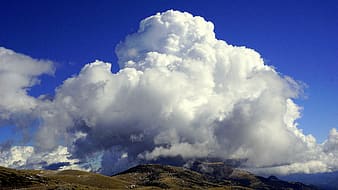Editor’s note: The KOIN 6 Weather team is presenting weather and science lessons to help serve our teachers and students. Click here for more lessons.
PORTLAND, Ore. (KOIN) – Have you ever stopped to think about the color of clouds? Like those before us, your interest in weather may begin in a philosophical frame of mind. There is a reason that the clouds are white and not orange, green, purple, etc. However, wouldn’t it be pretty awesome if the clouds were multiple colors? What would you choose?


Well, I think that is why a sunrise and sunset are so magical, those moments in our day will twist our frame of thought.
Now let’s discuss what is actually going on and what is the reasoning for our white clouds (gray at times).

As sunlight comes beaming into the atmosphere it can be absorbed, scattered, reflected or it may just transmit all the way through. That light, from our eyes, appears to be white because of the way the wavelengths strike the cones of our eyes and scatter equally (ROYGBIV, the colors of the rainbow).
Well, with that knowledge, you may be able to guess what is going on as that sunlight is scattered as it hits a droplet of water. Those droplets will scatter each wavelength of visible light just about equally, which is known as geometric scattering. Since a cloud droplet is able to scatter all of the wavelengths equally, the result is a white cloud.
This isn’t the case for air molecules, which are smaller particles in comparison to cloud droplets. Air molecules do a good job scattering shorter wavelengths (blue) and not so much with longer wavelengths, so the sky appears blue (Rayleigh scattering).

However, why are clouds at the base sometimes gray or darker than just a white puffy cloud that is passing by? Some clouds, especially storm clouds that have large droplets of water, will scatter most of the light out the top or sides before it can even reach the base of the cloud. The tops of a cloud will mostly be a brilliant white, even in a large storm cloud, because that light is hitting the tops most efficiently.
Where the sunlight is having a hard time reaching the cloud, is where it will be the darkest. On really wet days when we have a thick layer of nimbostratus clouds, it will look mostly gray and dark at the base because of how thick the clouds are. It’s all about the sun! You’ll find that is the common factor, as my professor would say, “without the sun, there is no weather fun.”


